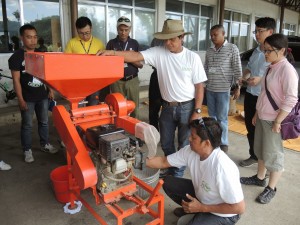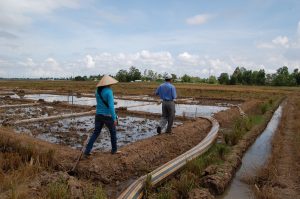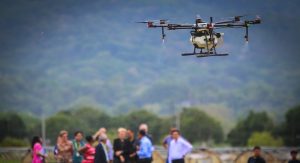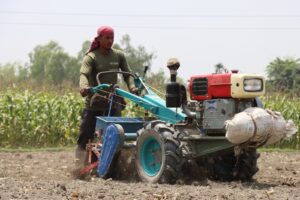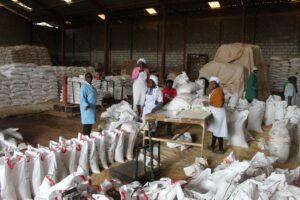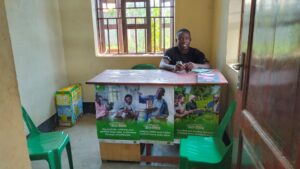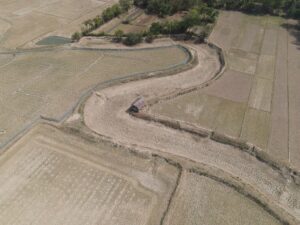The Ministry of Agriculture and Rural Development’s Plant Protection Department and the An Giang Provincial Department of Agriculture and Rural Development piloted an app that helps farmers to identify rice pests and diseases through their smart phones.
The app, which uses artificial intelligence and online interaction between experts and users, is the first digital technology adopted in Vietnam to enhance pest management.
Read the full story at Vietnam Plus
More on agricultural digital technology:
Technology transfer in the agriculture sector: Implementation experiences of WeRise in Indonesia and the Philippines
The Weather-rice-nutrient integrated decision support system (WeRise) is a web-based application that uses a seasonal climate prediction model and crop growth simulation model to improve livelihoods and productivity in rainfed rice areas. It provides advisories on the optimum sowing and fertilizer application timings using suitable varieties three months before the cropping season. This paper aimed to provide a narrative documentation of the experiences and key lessons learned during the implementation of WeRise technology transfer in Indonesia and the Philippines. Project implementers may not have all the answers as they develop and transfer the technology. Thus, technology transfer should be an ongoing process throughout the project life cycle.
Rice Crop Manager spurs women and the youth to embrace digital technologies in Odisha
The Rice Crop Manager (RCM) has proven to be an effective farmer-friendly digital tool to increase productivity and incomes of rice farmers through balanced fertilizer management. The two case studies presented here highlight how women and young people have used RCM on their farm and successfully reduced their input costs, increased yields and the net benefits.
Digital agriculture and pathways out of poverty: the need for appropriate design, targeting, and scaling
For digital agriculture to deliver on its promise of increasing farmers’ yields and incomes, it is critical to design interventions that consider the target populations’ needs and constraints and to assess whether a digital technology solution is appropriate.

